|
For the most part, the temperature where we live stays above freezing. But occasionally, it dips below. And when this happens, making ice crafts helps us gain an appreciation for cold weather. Ice OrnamentsThere's no right or wrong way to make these ice ornaments. We used a muffin tray, but you could use any size container. We've used large bowls, ice cream buckets and tin pie plates. Place flower petals, sliced fruits, cranberries, ferns, sprigs of pine - really anything you like, into your chosen container. Fill with water and lay some twine or yarn in to become the handle. Place them outside overnight, and in the morning, pop your ornaments out and hang them around your yard. Ice CandleJust like the ornaments, you can make these in whatever container you have. We used an oven-safe thick glass bowl and a glass vase. We placed the glass vase into the centre of the bowl (to make the space for the candle) and filled it with water to weigh it down. Then we placed sprigs of pine, a fern and cranberries in the bowl and filled the bowl with water. We placed it outside overnight. We had to run some warm water over everything the following day, and then the candle holder popped right out. Ice GlobesFor these, we filled balloons up with water and let them freeze overnight outside. In the morning, we cut the balloon off, drilled a hole in the bottom and added battery-operated lights. Honestly, these are the most beautiful things to light a path with, and they bring so much light and joy to the frozen world outside. Flowers and blossoms are right around the corner, but ice ornaments, candle holders and globes are a lovely way to spruce up the bare trees and bring colour back to your yard until Spring arrives!
0 Comments
Anthroposophist, mystic, and teacher, Claudia McLaren Lainson explains the Holy Nights:
"In the darkness of Winter’s night, when the great breath of the Earth Mother finds its greatest point of inhalation, human beings are afforded the grace to touch into both magic and miracle. In the pause between her mighty in-breath and out-breath there is a still-point of rest. This still-point has long been known as the Holy Nights. In these blessed Nights, the angels circle the globe as if in a great cosmic dance. They long to speak to listening human hearts. Throughout the ages the ‘listening ones’ on earth have heard the angelic choir; they have received messages of Peace and Love. What is received during these sacred days and nights, resounds a thousand-fold in the year that follows. In this year before us, a great light is striving to find willing human hearts. May we each be the ‘listening ones’ during these Holy Nights. May we work with angels." These geometric lanterns are perfect for lantern walks and celebrating the Festival of Compassion. They are a little tricky, so may be better suited for older children, grade 4 and up. Materials
Step 1 Start by painting an 11″x14″ wet-on-wet watercolour painting with a basic colour wash or use a previously painted watercolour painting. Step 2 Print the template and cut out the preferred pentagon size you want to make. Trace the template onto the backside of your watercolour paper 11 times. Include the lines that are at the halfway point of each side. Then cut our all 11 pentagons. Step 3 Fold each point of each pentagon using the lines at the halfway mark along each side as guides. Continue until all the points are folded down on all 11 pentagons. Step 4 Make two rows of five pentagons and set the 11th pentagon aside to be used later as the bottom of the lantern. Open the flaps on the side where the pentagons are touching and glue the flap from the pentagon on one side to the inside of the next pentagon. Turn the pentagon over and glue the flap on the outside down. Make sure to align the creases of the folds. Step 5 Join the ends together by gluing both sides of the end flaps and pressing firmly. Now you have two "bowls." And ours magically turned a different colour at this step, as you can see. There is always magic in the air ;-) Step 6 Attach the "bowls" together by placing the wide ends of the bowls on top of one another. Continue to glue all the flaps together on both sides of each flap until you have a sphere. This step is tricky and difficult to photograph, but it's very intuitive, and we have every faith you can figure it out. Step 7 Glue the final hexagon to one end of your sphere. This is now the base of your lantern. Step 8 Glue down the flaps around the inside edge of the opening of your lantern. Step 9 Place a candle inside and bask in the warm glow of your hard work. If you so desire, you can tie a string at the top to be used as a handle. Optional step After completing your lantern, you can rub a thin layer of olive oil on the outside. This will make your already gorgeous lanterns translucent, which is a neat effect. You did it! Now, you have a stunning geometric work of art to display on your winter nature table or to use in a lantern walk. In this time of turning inward, may you find your light shining brightly and remember that even the tiniest flame can dispel the darkness. Through the darkness, we shall go With our candles all aglow Hearts grow warm, Our way grows bright As we journey through the night.
Seasonal songs serve as a musical reflection of the ever-shifting environment, celebrating the beauty and significance of each season and a deeper appreciation for the cyclical nature of life. This approach fosters a sense of connection to the natural world and helps children develop a heightened awareness of time's passage, instilling a sense of harmony and balance with the world around them.
The following are some fun seasonal songs you can incorporate into your daily rhythm this Fall. Daily Wonder refers to step-by-step guided lesson plans, but what do we actually mean by this?
Our step-by-step morning lesson unfolds in a typical Waldorf-style main lesson format. Each step that makes up the morning lesson is vital to your child's learning, and together, they create a meaningful experience. We thought it was time to share the wisdom behind these steps because when you know WHY you bring something to your child, you don't have to explain it to them. Instead, trust that you impart your understanding to them through feeling. Daily Wonder's step-by-step guidance flows like an artistic experience. In this way, your child is carried from step to step by your familiarity and deep understanding of each component. Daily Wonder's mission is Reclaiming Childhood to Transform the World. One way we can all do this is by creating space and time for free play and teaching classic games that we all played as kids. Play is an essential part of the healthy development of physical, social and cognitive skills. Classic childhood games help to connect us to traditional values and culture, but they also are super fun to play. No matter your age or physical prowess, there's a classic game for everyone. Here's what we love about classic games...What is a Nature Table and why do you see them in most Waldorf classrooms and in the homes of families who value Waldorf education? What purpose do they serve and why should you create one?
The most important way that history is shared is through story. Just think of the thousands and thousands of years of our history, where people shared stories around the fire, passed down from generation to generation.
A common question we get is, "how can I possibly homeschool successfully with more than one child?!!!
We at Daily Wonder fully recognize this challenge and are here to encourage you to go for it. We have collected our ideas based on teaching experience and feedback from other DW members. We hope you'll be inspired and encouraged to persevere through the inevitable learning curve. Let us remind you that not only do you need to learn to homeschool for two different grades, but most of you are new to homeschooling entirely and ought to cut yourself some slack. You heard it here; take a deep breath; you've got this! Here are the top 10 suggestions for homeschooling more than one child: How Does Daily Wonder Approach History and Geography?
We get asked this important question often, as we are a Canadian-based company with members worldwide. So, how exactly do we approach subjects that are location specific? We Follow the Waldorf Developmental Approach |
BlogExplore schedules, rhythms & routines, songs, music, festivals, free play, meals, projects & more to support your homeschooling program.Categories
All
Archives
January 2024
|
You might be wondering... |
Visit us on Teachers Pay Teachers© COPYRIGHT 2020. ALL RIGHTS RESERVED
Serving your worldwide educational needs from Comox Valley, BC, Canada. |

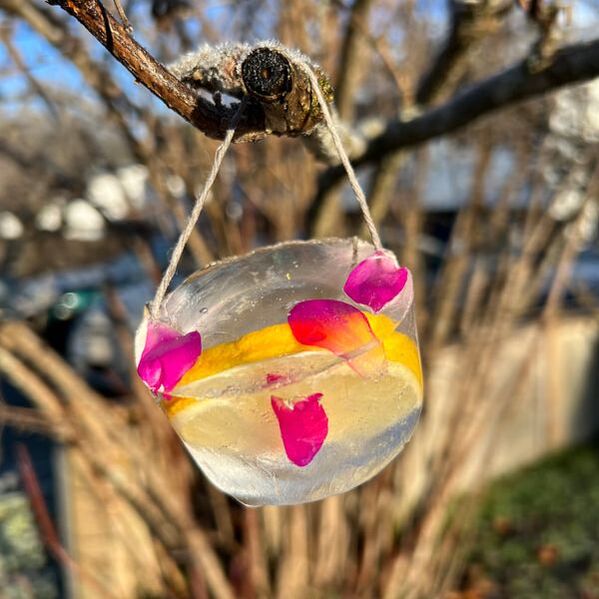
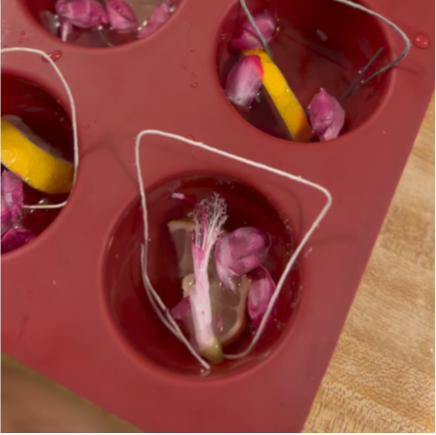
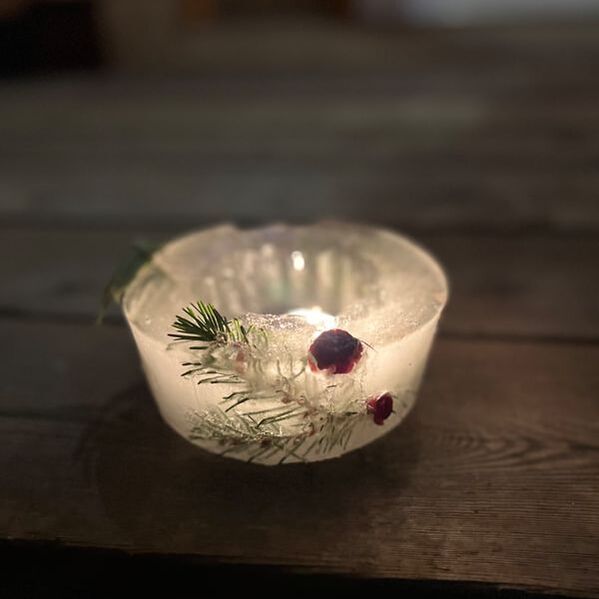
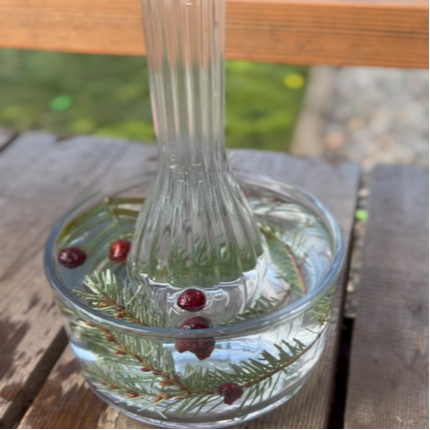
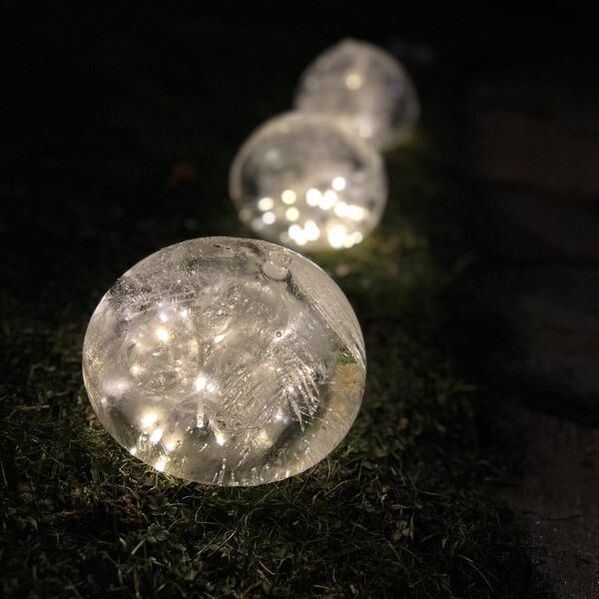
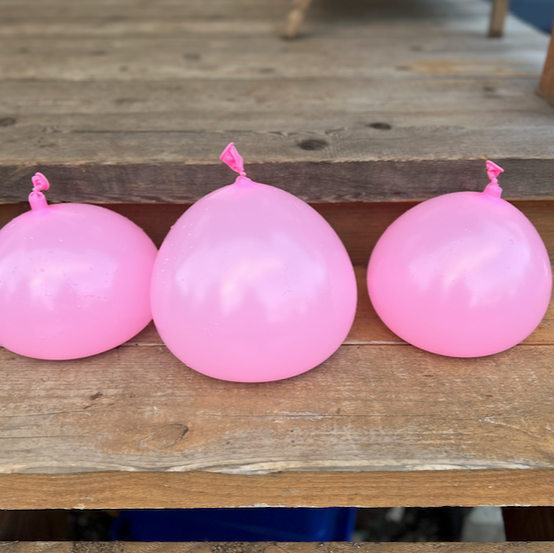
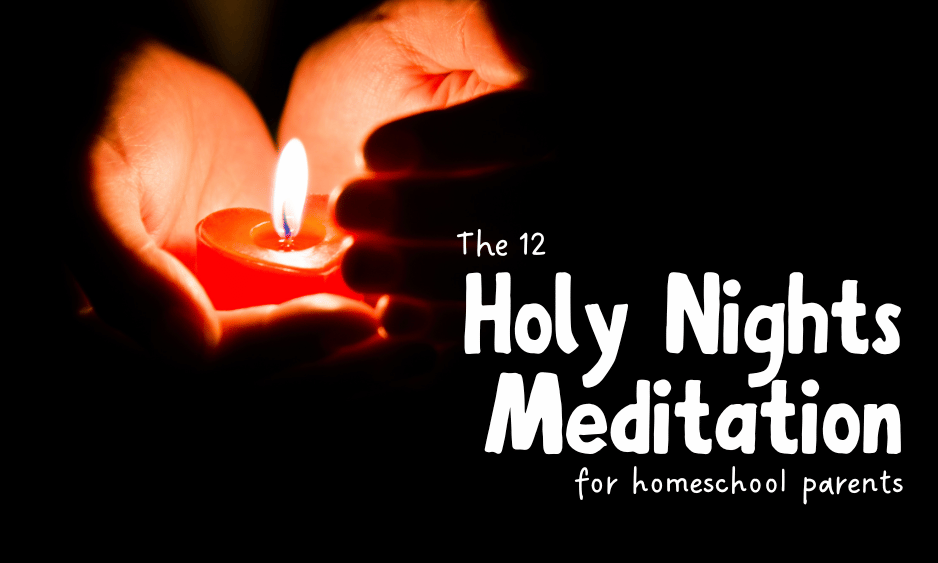
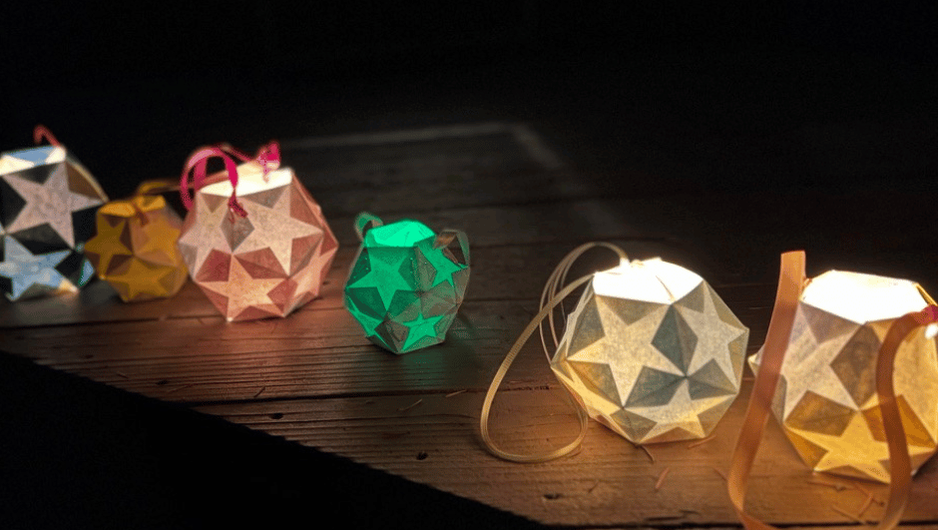
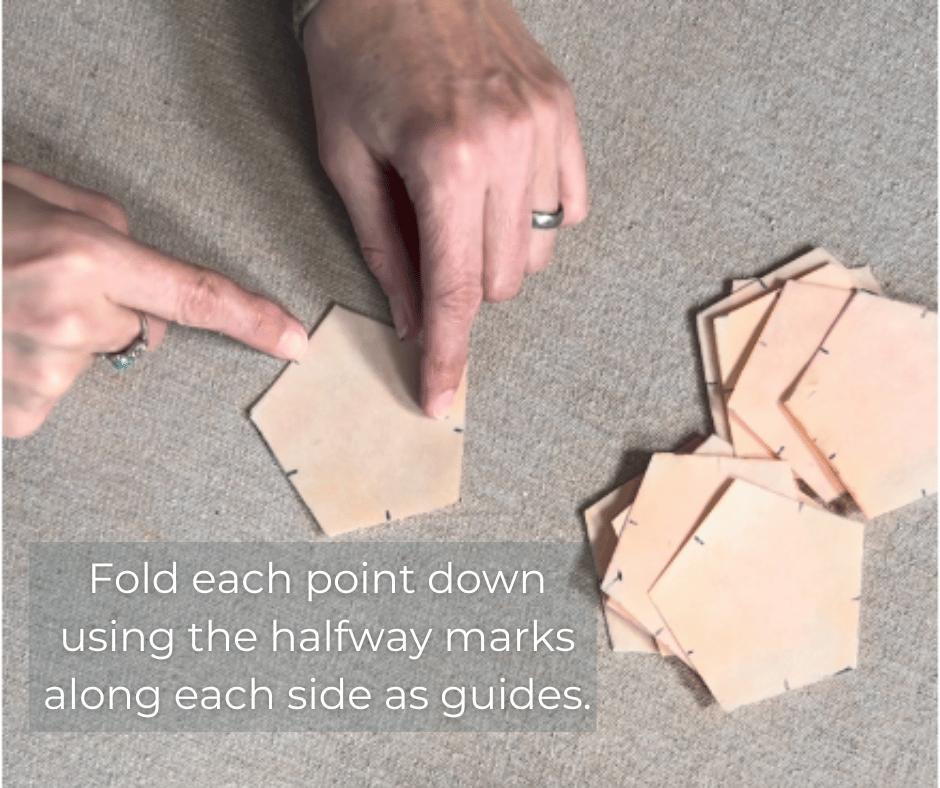
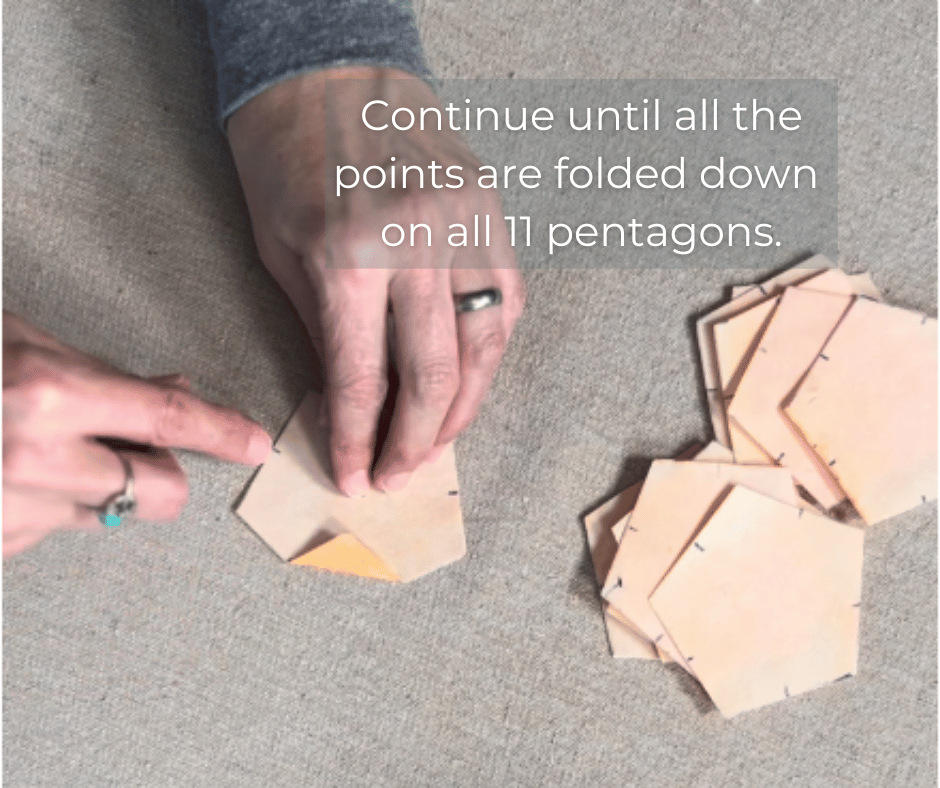
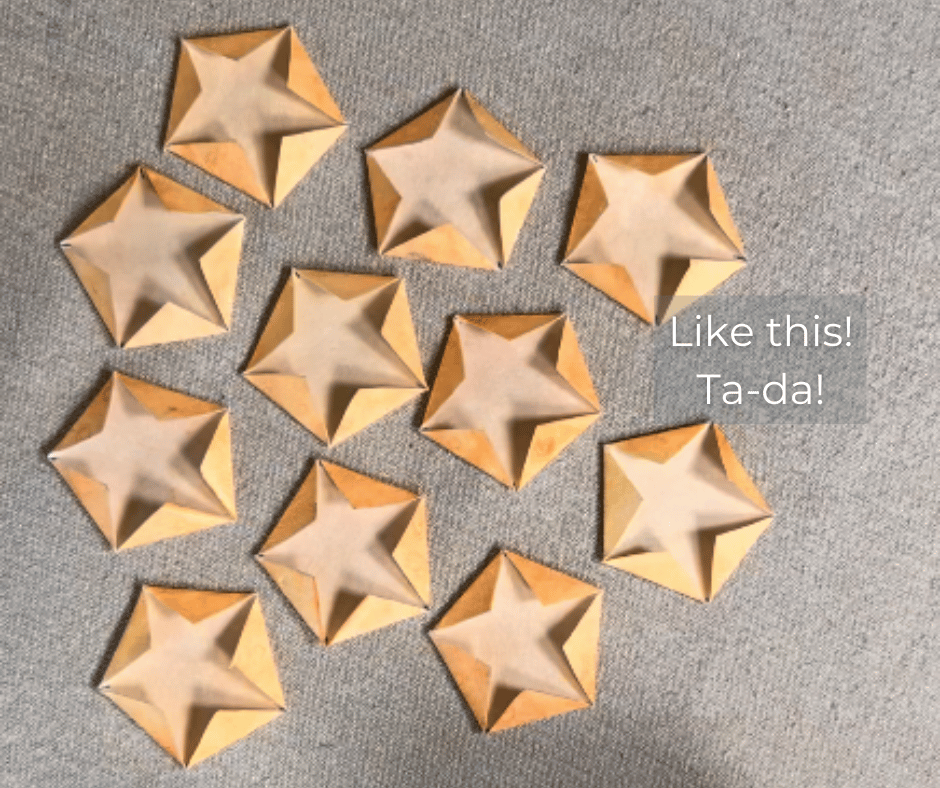
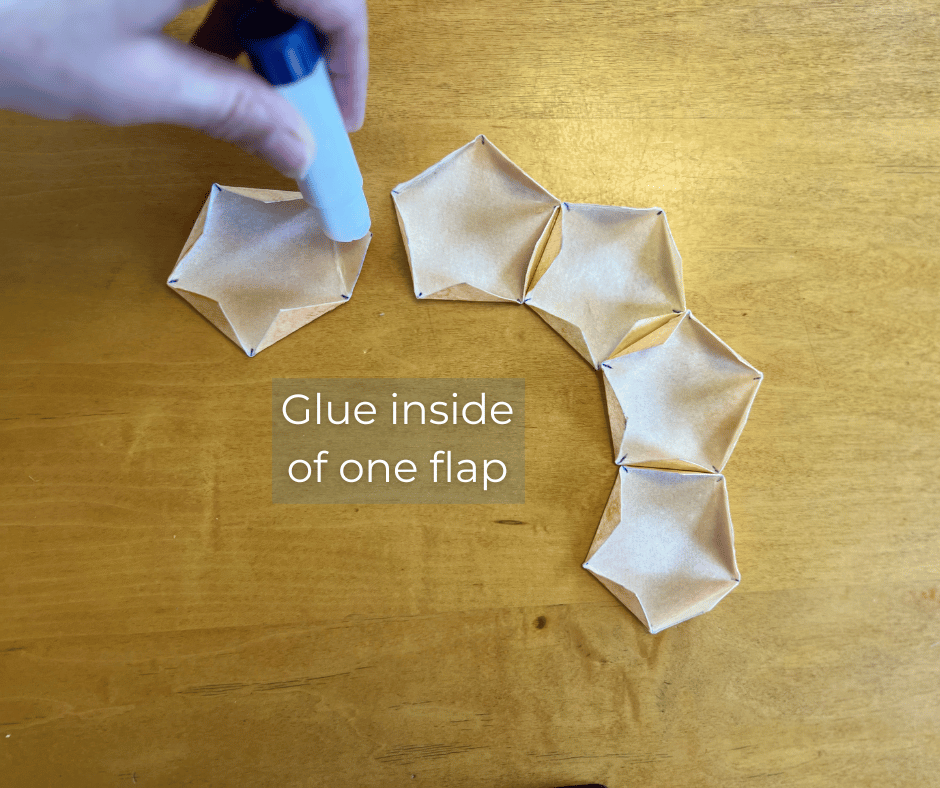
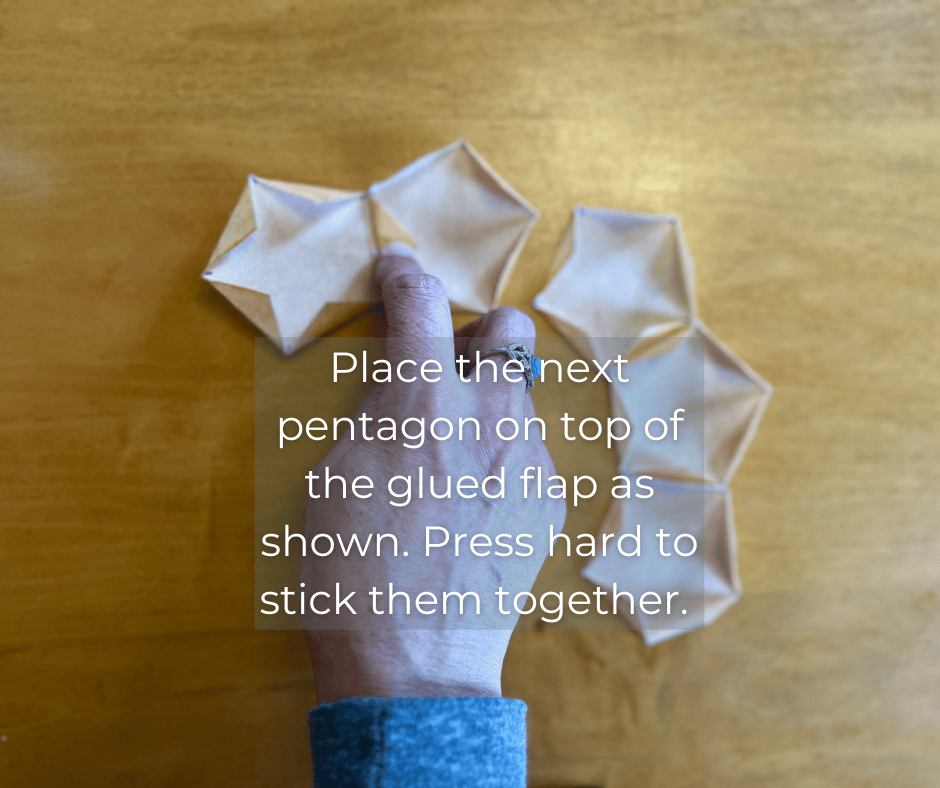
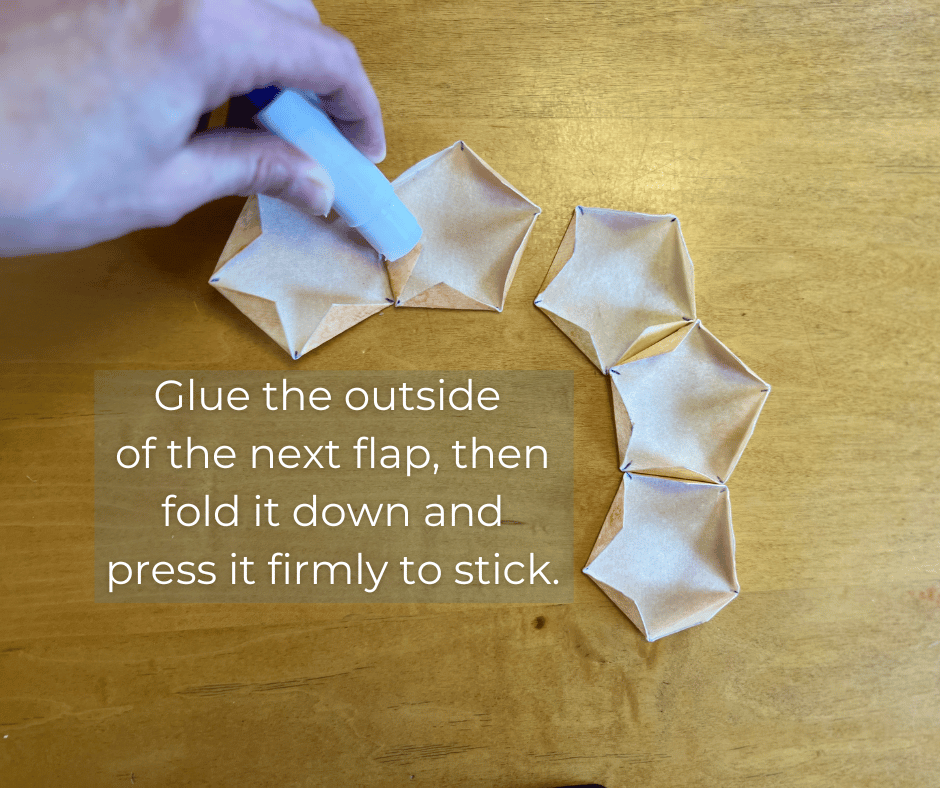
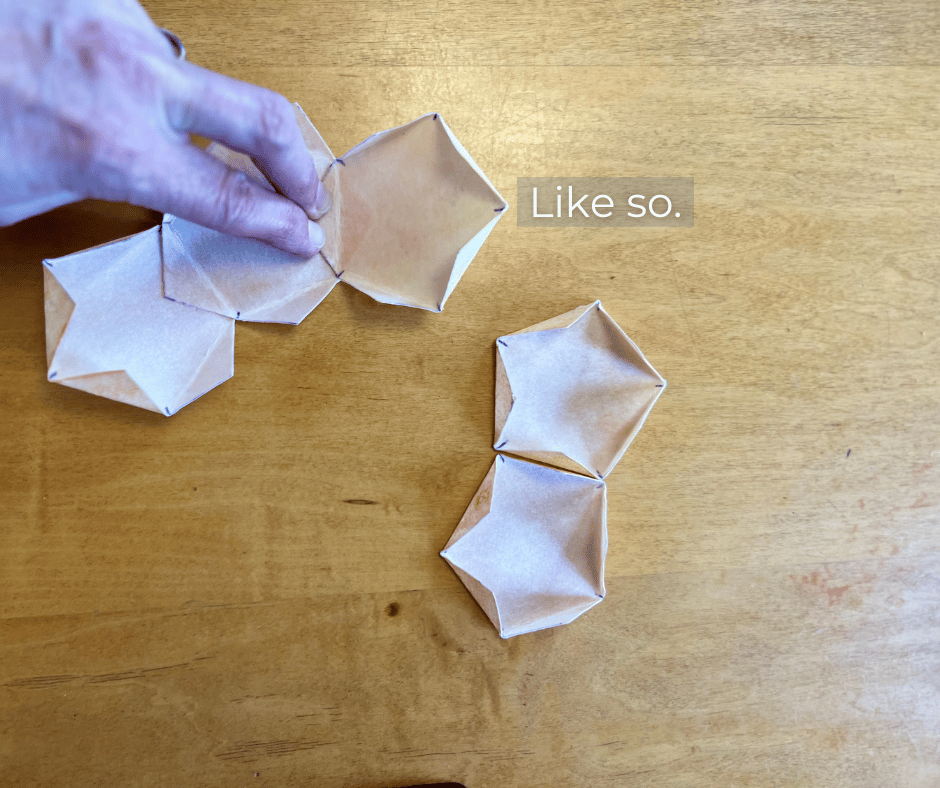
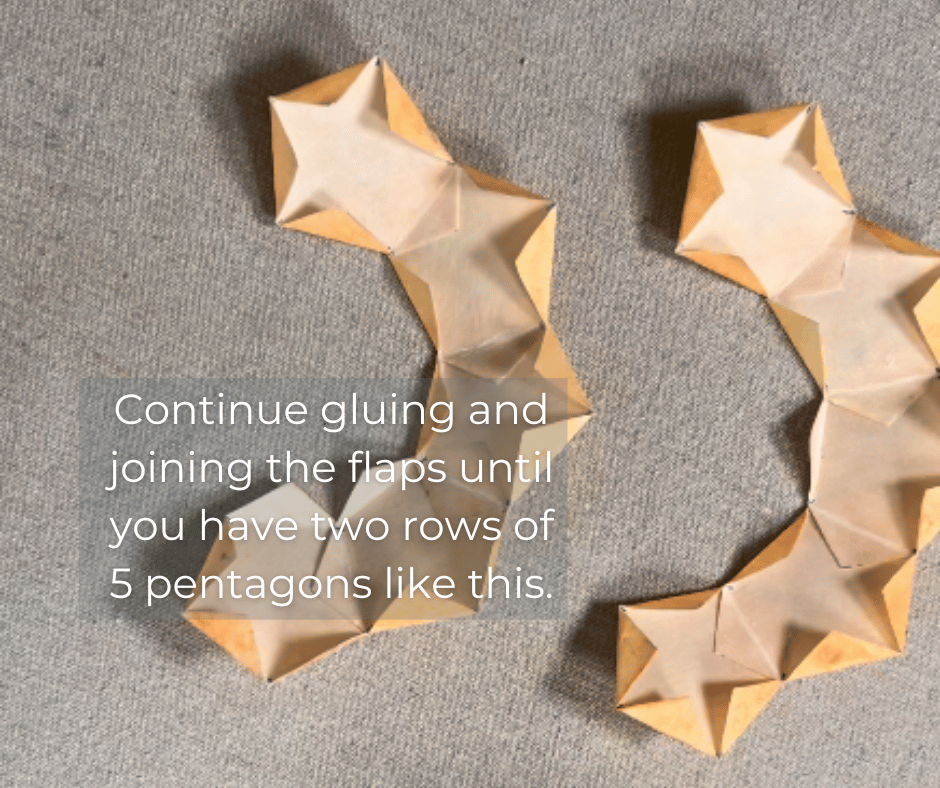
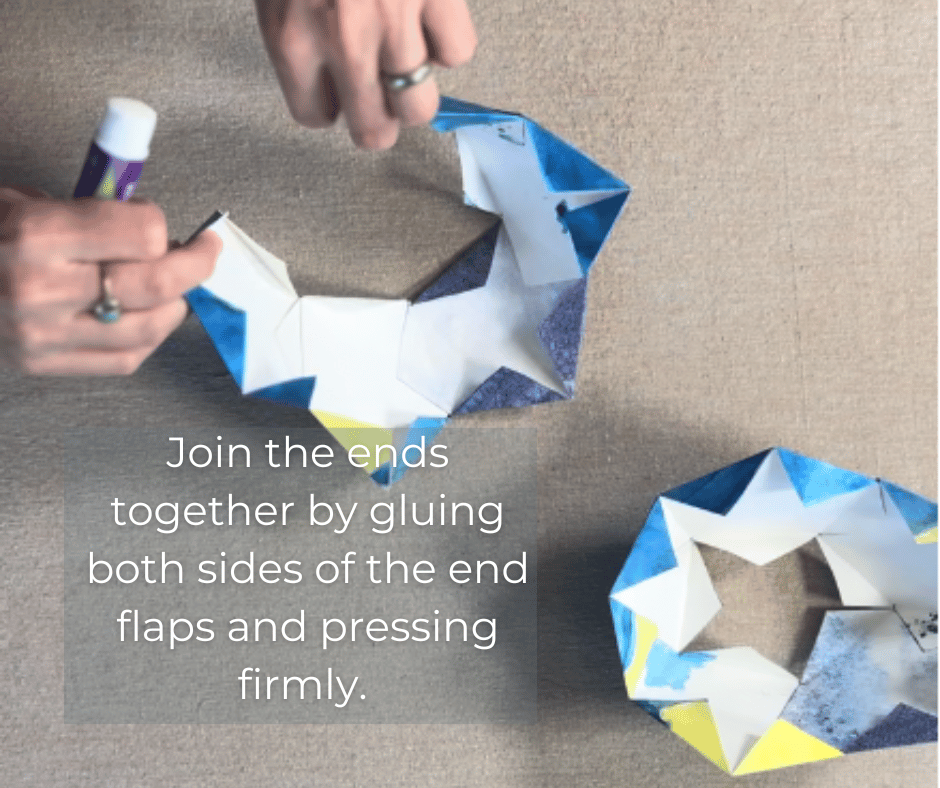
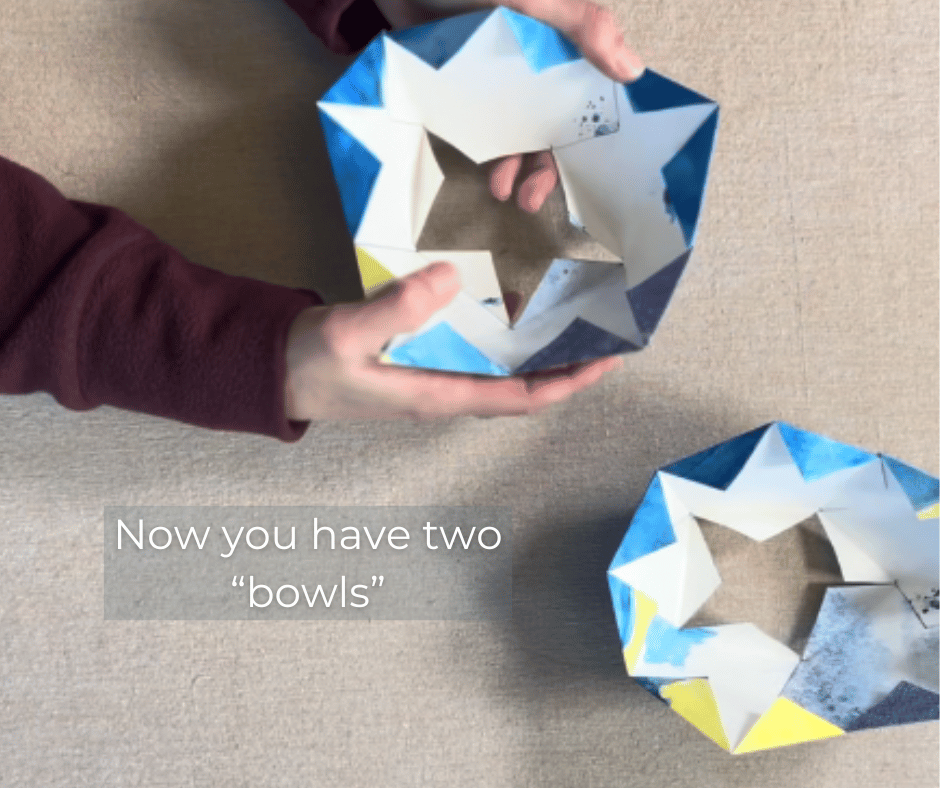
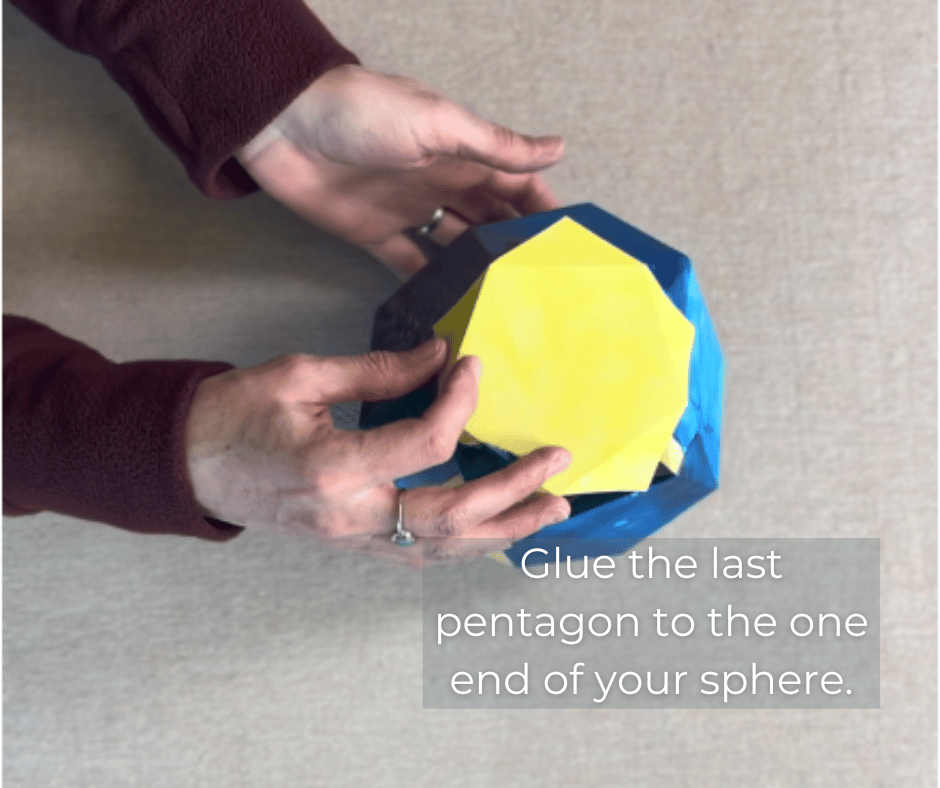
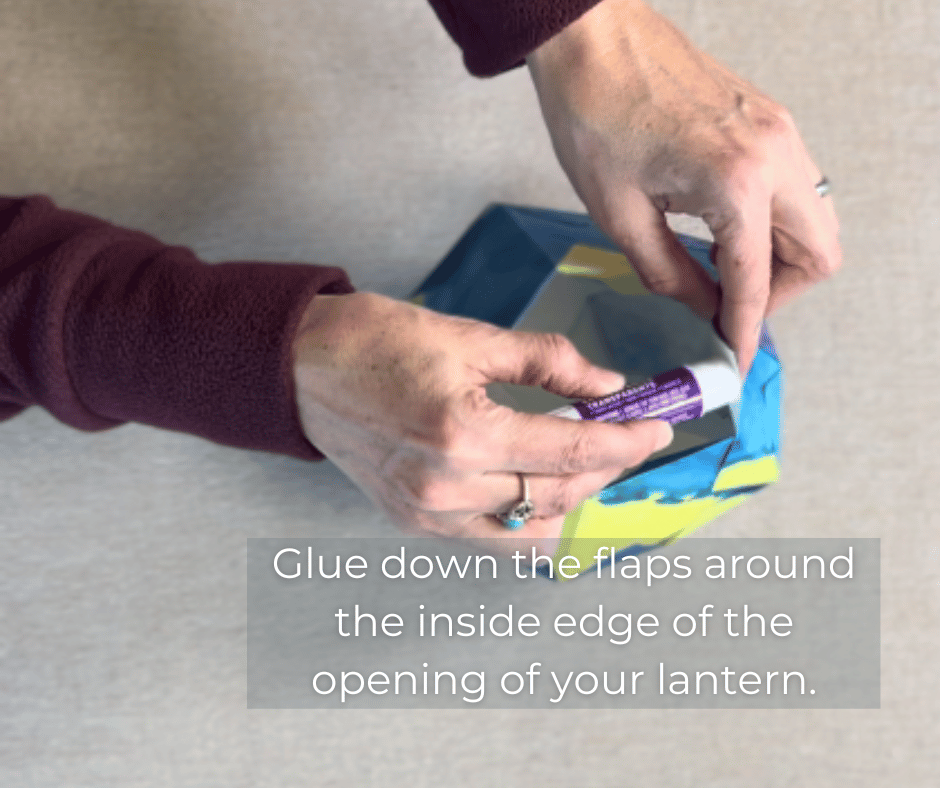

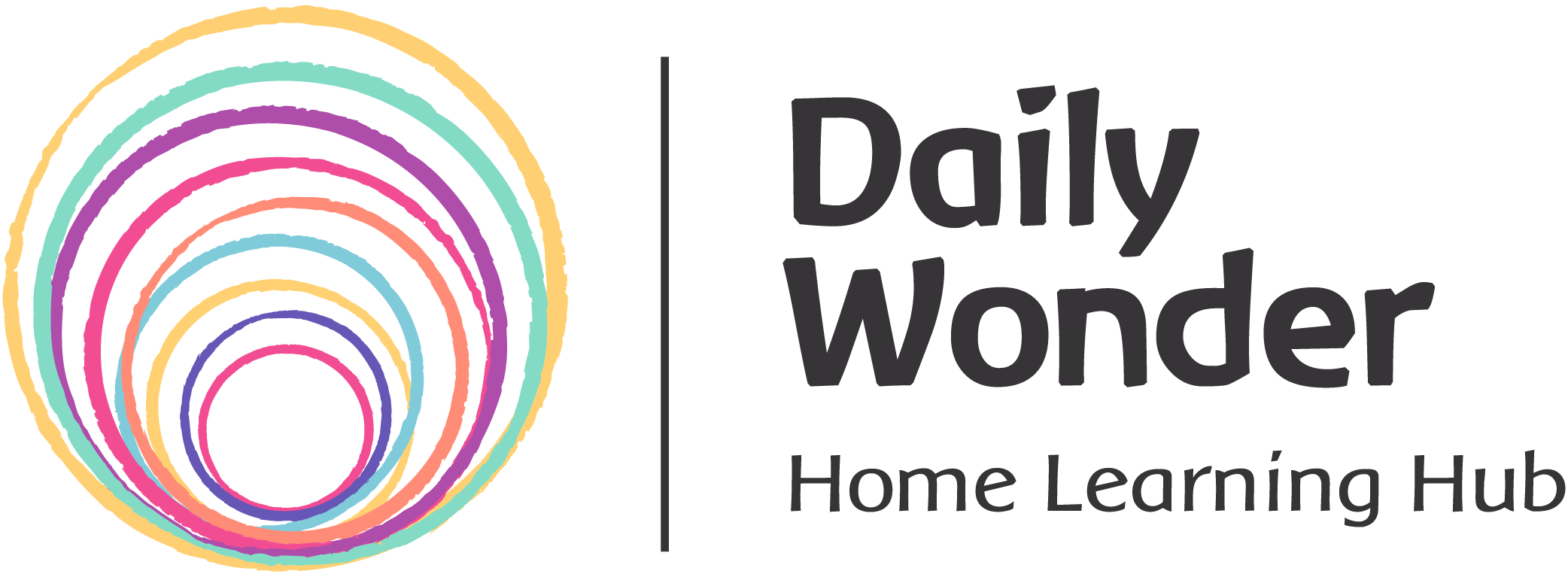
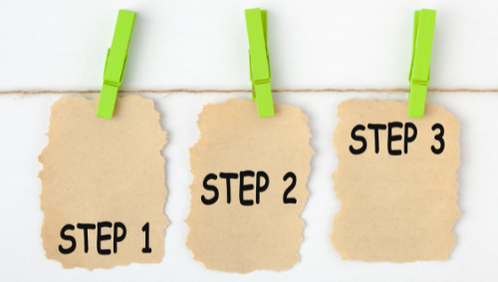

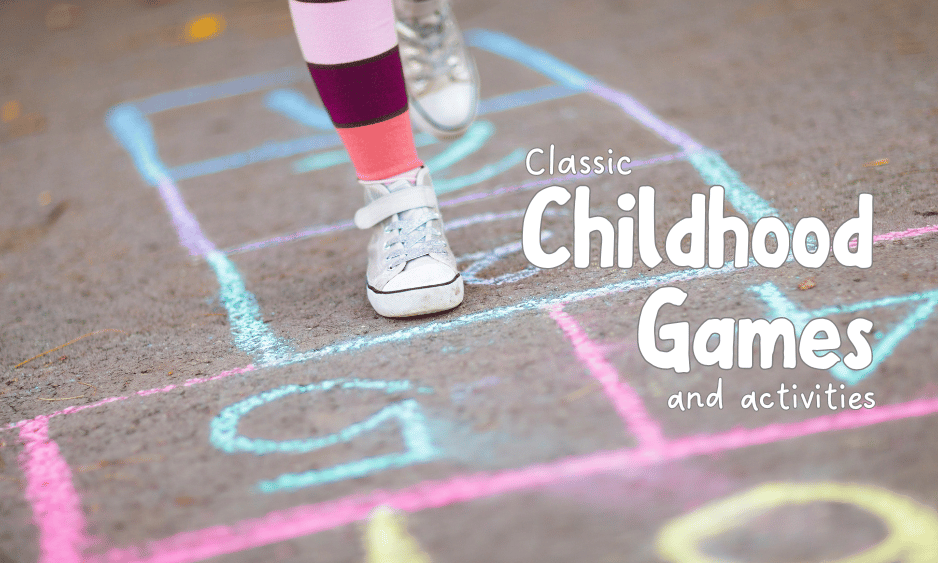
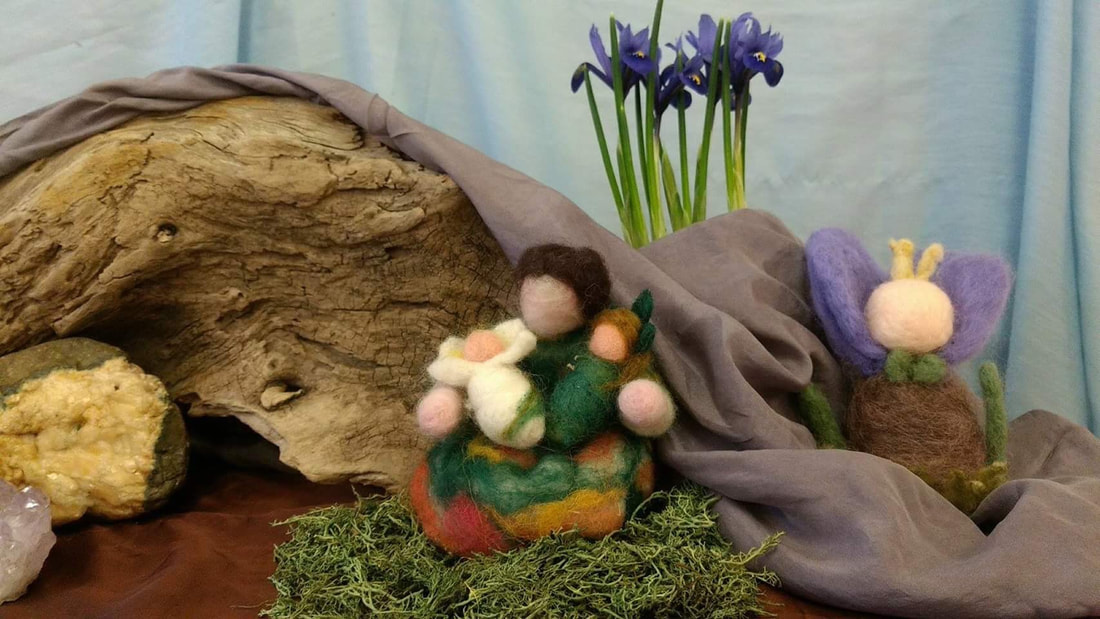
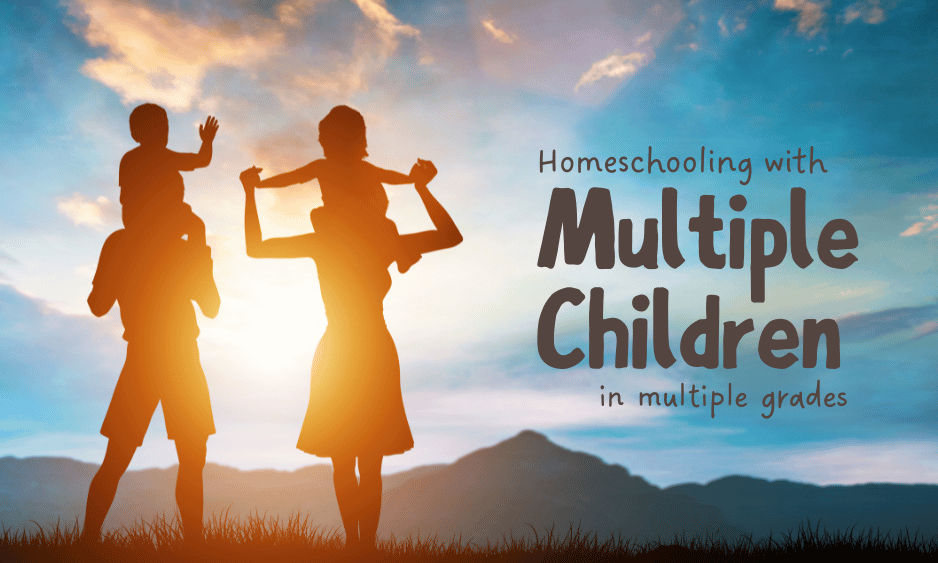

 RSS Feed
RSS Feed